The iconic flying boat that helped hunt down Axis warships during World War II is getting a new lease on life
The PBY Catalina flying boat was one of the most iconic Allied aircraft of World War II.
PBY Catalinas were used to patrol coastlines, hunt enemy warships, and rescue sailors and aircrews.
Now a company plans to build an updated version of the Catalina for civilian and military customers.
To a downed Allied pilot floating on a raft, they were lifesavers. To German and Japanese submarines, they were a menace.
The PBY Catalina flying boat was one of the most iconic Allied aircraft of World War II. And 80 years later, it is coming back. A Florida-based company plans to build a new version of the Catalina that it wants to start delivering in 2029. The announcement comes amid growing interest in the US and other nations in the military potential of amphibious aircraft.
A modernized Catalina has the advantage of tapping into both practicality and nostalgia. The Next Generation Amphibious Aircraft Catalina II "is a modern amphibian with advanced engines and avionics and will offer capabilities no other amphibian can provide today." Lawrence Reece, president of Catalina Aircraft, said in a press release.
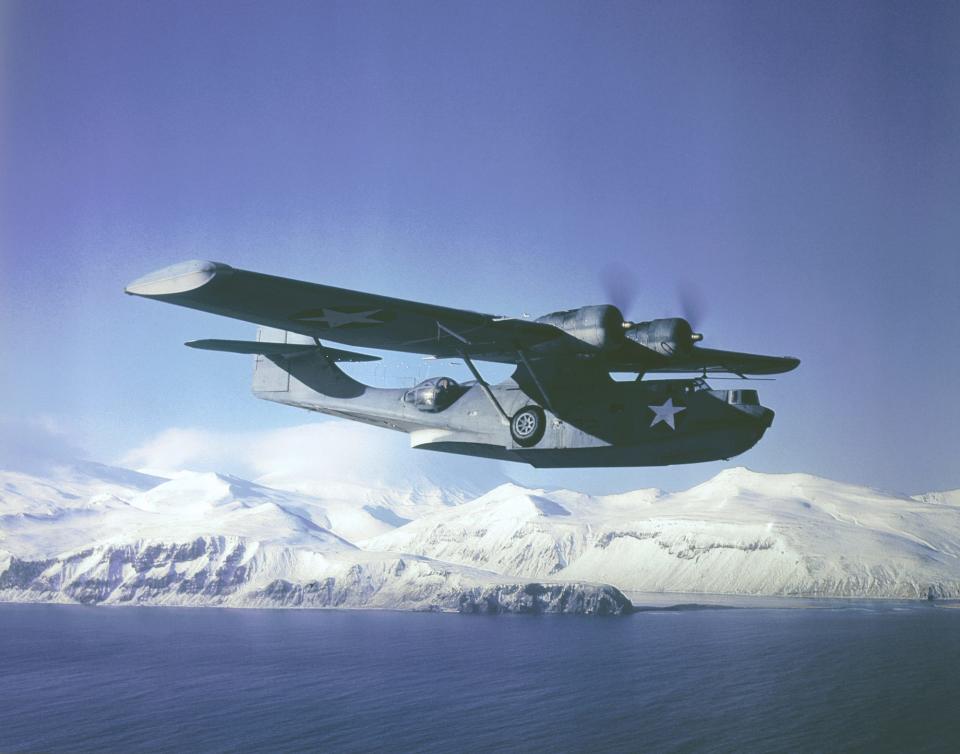
The civilian version, aimed at civilian and commercial operators, will be a 16-ton aircraft capable of hauling 34 passengers or 6 tons of cargo. It can land and take off in waters up to sea state 2, which means fairly smooth seas with waves up to 20 inches.
The Special Use version is aimed at government users such the military, coast guard, and disaster-relief agencies. It will be a 20-ton aircraft capable of operating in sea state 3, meaning waves of 49 inches. However, the Catalina Aircraft announcement provided few details on the aircraft's performance, other than to say that both models will be powered by twin turboprops.
Neither version will be pressurized, which precludes high-altitude flight. Nor is it clear what aspects of the design are being modernized. The announcement did say that the Catalina II will exploit "today's advances in digitization, systems, materials, corrosion control, avionics, and engine/propulsion technologies."
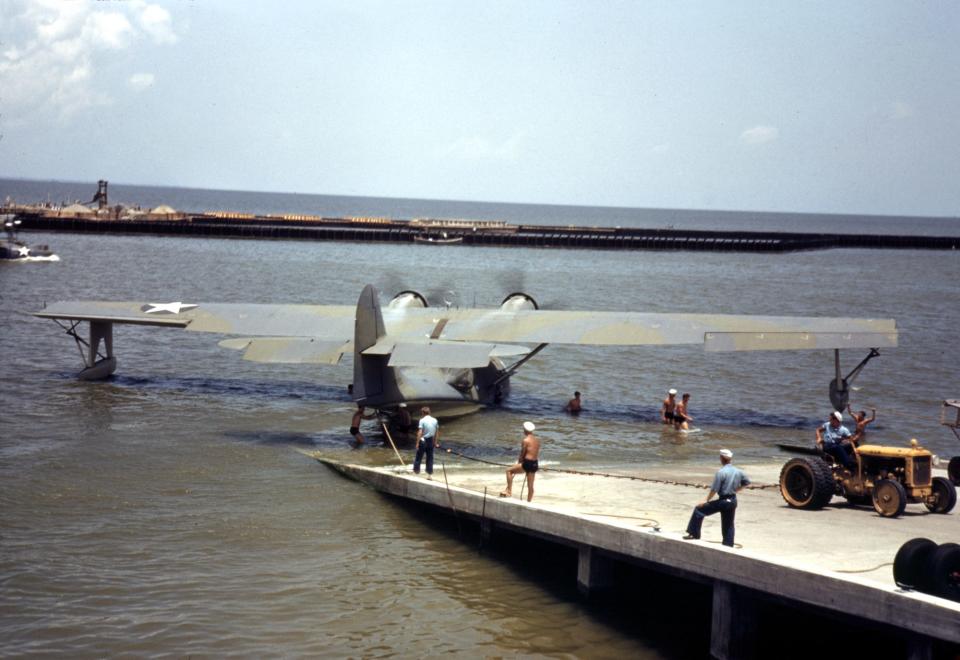
While aviation buffs frequently talk of bringing classic aircraft back to life, the return of the Catalina is more than a trip down memory lane. Catalina Aircraft announcement listed almost 60 civilian and government missions the Catalina II will be able to perform.
Civilian uses include passenger and cargo transport, air ambulance, and "adventure sports transport." Non-military governmental uses include maritime search and rescue, border and coastal patrol, firefighting, and "Riot Control (Water/Foam Drop)."
But more than half of the potential missions are for the military, which is bound to draw the most attention to the Catalina II. Missions include amphibious troop transport, anti-submarine and anti-surface ship warfare, reconnaissance missions, aerial tanking, airborne command and control, and flying artillery for ground troops.
A versatile plane
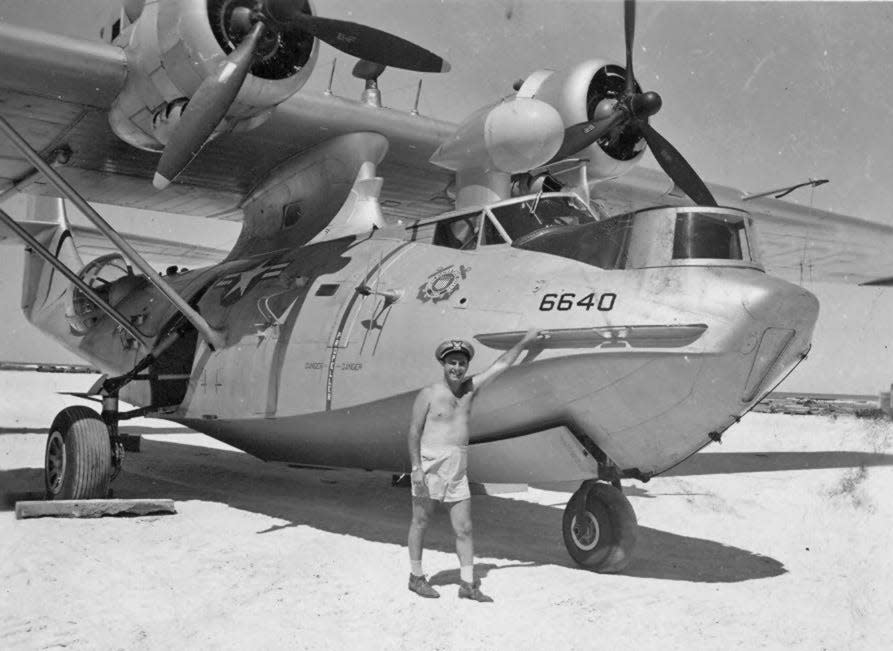
Catalina Aircraft's list of potential missions is ambitious, but the original Consolidated Aircraft PBY Catalina was a versatile plane.
Designed in the mid-1930s as a US Navy patrol bomber, the "Cat" or "Dumbo" served as a search plane, anti-submarine aircraft, torpedo bomber, rescue plane, and troop and cargo carrier.
The US Navy ordered 200 PBY-5s, the latest version of the aircraft, in December 1939 but would acquire hundreds of them during the war. With more powerful engines, the PBY-5 had a maximum speed of about 175 mph and could fly 2,545 miles without refueling. It was armed with several machine guns and could carry bombs, depth charges, or torpedoes.
In all, some 4,000 Catalinas were built between 1936 and 1945, including 600 in Canada and 27 in the Soviet Union.
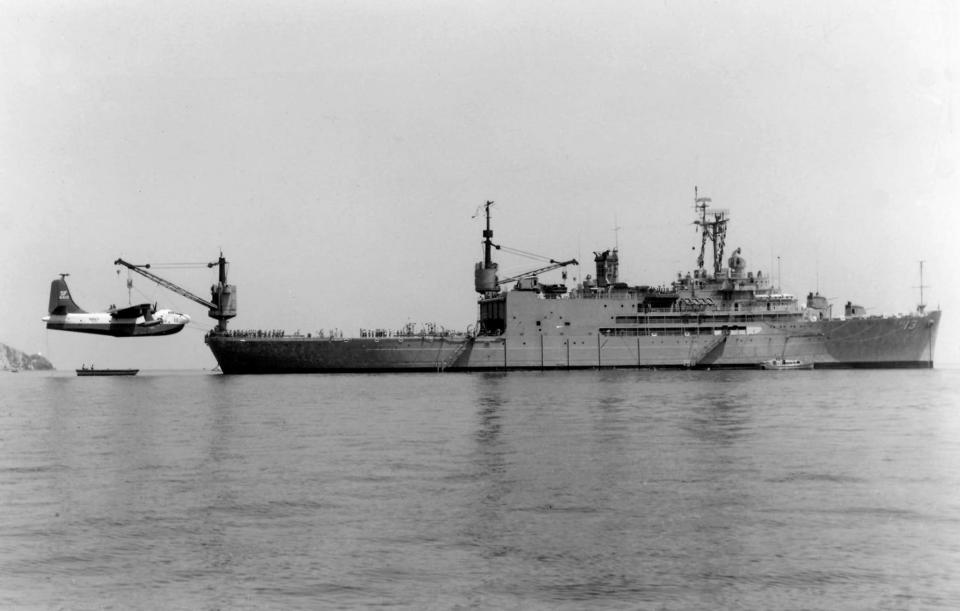
Among the Catalina's World War II feats was locating the German battleship Bismarck, enabling the Royal Navy to close in and sink it, as well as spotting approaching Japanese ships at the Battle of Midway.
However, its greatest contribution was as an anti-submarine aircraft that sank German and Japanese submarines, pinpointed them for Allied surface ships to attack, or kept the subs at bay just by being present.
After serving in several Allied militaries during World War II, many Catalinas remained in operation with militaries and civilian users around the world. The US military pursued other seaplanes early in the Cold War, but amphibious aircraft had lost their utility by 1960.
More recently, some Catalinas were used as firefighting aircraft, though none remain in military or commercial service.
While impressive, the original Catalina had its flaws. It was slow and ponderous in the air, which made using it near enemy fighters and air defenses a risky proposition. Stormy waves could ground seaplanes unless they also had access to a paved runway. (The PBY-5 and earlier models couldn't land on anything but water.)
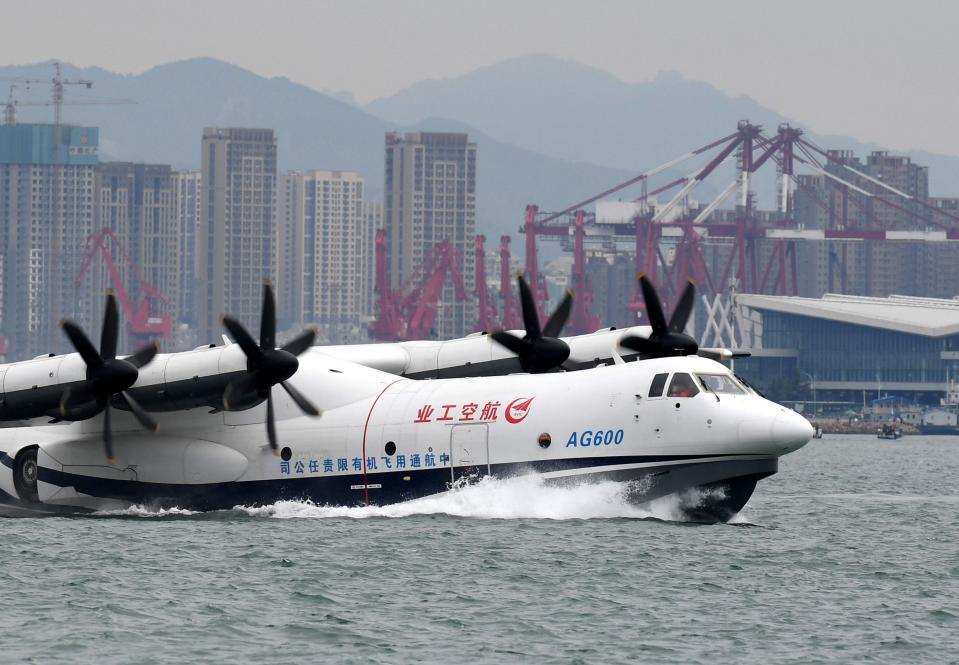
These issues were outweighed by the Catalina's other qualities. Its long range and ability to land on water were important features in the vast Pacific theater, where many islands had only rudimentary ground facilities. Seaplane tender ships also allowed Catalinas to operate away from established infrastructure.
With the Pentagon increasingly worried that a war with China in the Pacific would see Guam and other US airbases pounded by ballistic and cruise missiles, an aircraft that just needs some moderately calm water could be invaluable. Indeed, the Catalina redux is part of the growing interest in seaplanes.
US Air Force Special Operations Command wants an amphibious version of the C-130 Hercules, and DARPA has started developing the Liberty Lifter, a giant seaplane similar in size and capacity to the C-17 cargo plane.
If the US military were to get its hands on another seaplane, it would be small but notable company. Russia's military has long operated seaplanes and currently uses the jet-powered Be-200. Japan's Maritime Self-Defense Force has the well-regarded US-2. Meanwhile, China has the AG600, a 60-ton aircraft that may be the world's largest seaplane.
Michael Peck is a defense writer whose work has appeared in Forbes, Defense News, Foreign Policy magazine, and other publications. He holds a master's in political science. Follow him on Twitter and LinkedIn.
Read the original article on Business Insider

